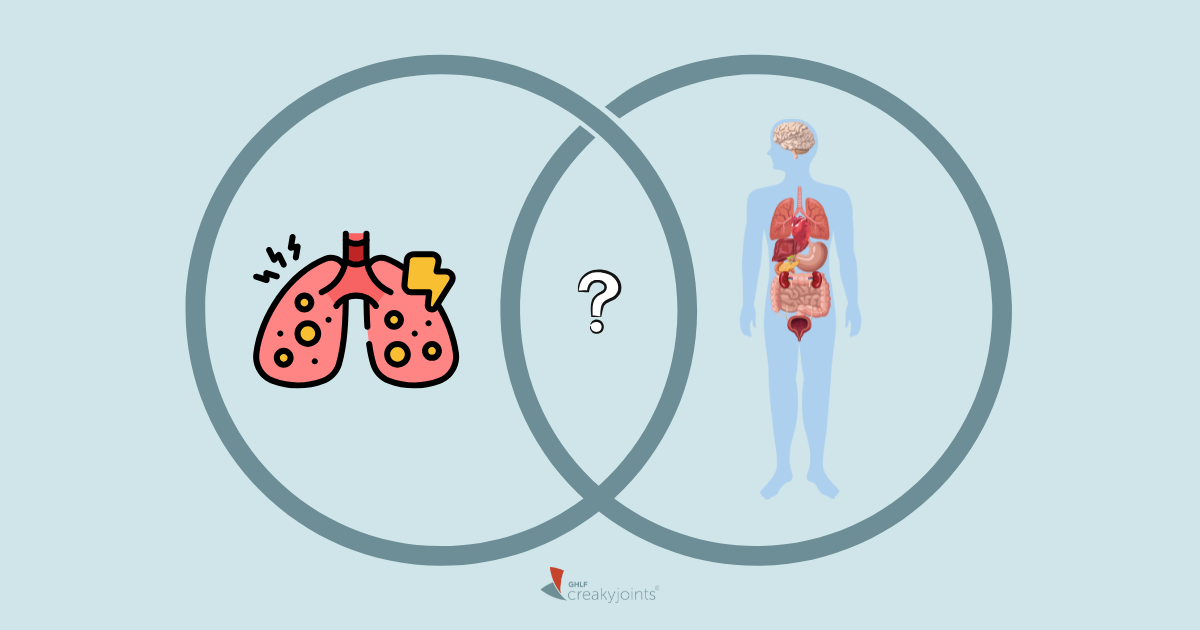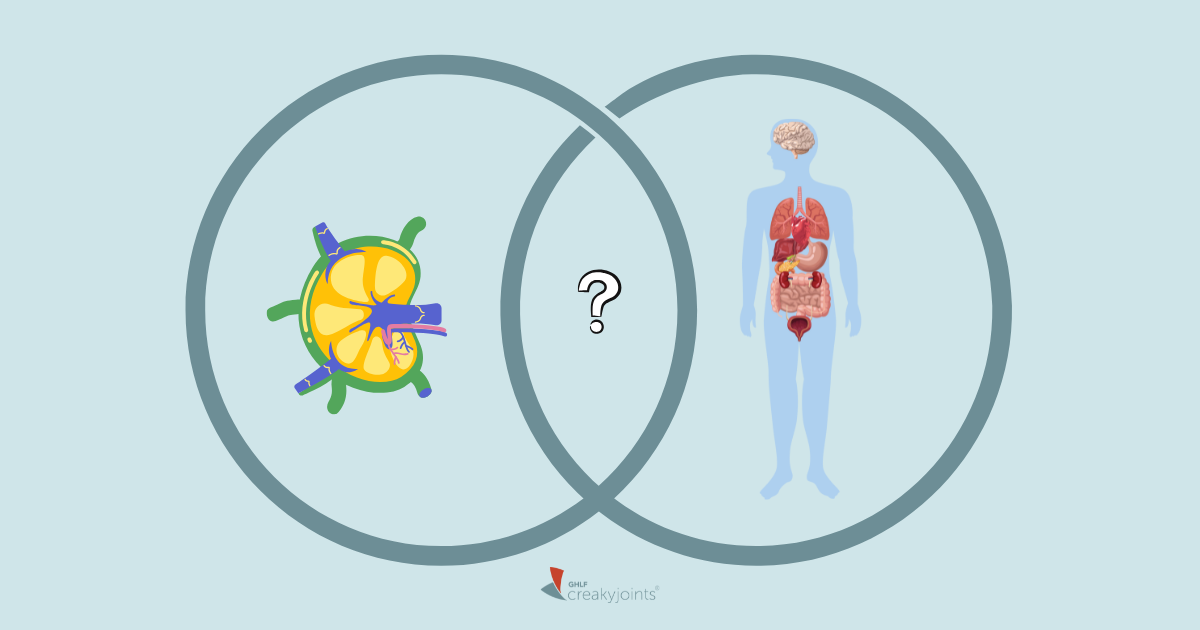Learn more about our FREE COVID-19 Patient Support Program for chronic illness patients and their loved ones.
May I ask you — yes, you — if any of your days recently have started with some version of this:
Dear Lauren,
I am so sorry I haven’t responded. I mean, how are you handling all this? This past month was the hardest it’s been for me, and I kind of fell into the pit of despair.
I could still write the gardening piece if you are interested, but of course I will understand if you are not.
Very best, Deanna
In case you’re wondering what that tragic and despondent email is all about, well, I promised my editor, Lauren, at CreakyJoints that I’d write a piece on my vegetable garden and how much it helps me to get out and exercise even when I’m in a flare from psoriatic arthritis.
The idea was that even when I feel like I can’t do a single Pilates pose or march up and down the hilled streets around my house, my tomatoes, cucumbers, and kale — and I don’t even like kale — call to me. My vegetables need me! In fact, they will quite literally die without me! (I think. Right?) So every day I get up, clamber down the stairs to my little vegetable patch and start weeding, digging, spraying, watering, pruning, and harvesting. My body gets some get exercise, my joints get loosened up and — hey look, salad!
But for a period this past summer, I could barely pick myself up, much less pick a pepper. My brain felt as tiny and sour as a kumquat. My soul was as withered as wilted spinach.
One Jolt and I’d Be Weeping
I recently learned of a word for what was wrong with me — situational depression. It’s not a recognized clinical disorder but seems to describe well enough what I was going through.
According to MedicalNewsToday, situational depression is a “short-term form of depression that occurs as the result of a traumatic event or change in a person’s life.”
Hmmm, like a pandemic? Seems like this qualifies, no?
I had the typical symptoms: I was exhausted but couldn’t get a decent night’s sleep. I couldn’t concentrate. I felt like I could cry at any moment, like one of those tearful baby dolls from the seventies. (For those of you who don’t know these, you put water in their eyes and squeezed their head or hung them upside down or whatever and they’d “cry.” The problem was A) Those dolls were really creepy; and B) They leaked tears out all the time.
I was that baby. One jolt and I’d be weeping — usually while reading the news, but not necessarily.
Little, Big, and Gigantic Triggers
Because it wasn’t just the news. It was everything — little, big, and gigantic.
The little was things like missing trips to the bookstore or longing for outings to Trader Joe’s, which I remain too scared to patronize no matter how many socially distanced circles they put on the floor.
The big was missing my family and worrying about my young daughter still being out of school and away from friends.
And the gigantic was worrying about climate change and wildfires — I live in Adams Hill near Los Angeles, which is a scant 14 miles from the most recent Bobcat Fire evacuation order — along with more than 200,000 Americans dead from COVID, the upcoming election, and the fact that the whole world changed in what felt like a single day.
Although as far as I’m concerned, “situational depression” is just too technical a term for all this. I’d rather just call it as it feels. It feels like sadness. Real, clinging sadness that can stick to a person’s very bones.
All this is just such sad stuff, friends. I feel sad even thinking about how you probably feel sad these days, too.
Now, just so you don’t think I’m a permanent killjoy, let me say this: I’m fun! I swear! Pre-COVID, I bought my own karaoke machine so my best friend and I could sing the Doobie Brothers as loud as we wanted, and as many times as we wanted, completely undisturbed. (“Old Black Water” isn’t gonna sing itself.) And my daughter and I make string pom-poms just so we can throw them at one another! (Getting hit by a fluffy little ball of yarn you made yourself feels fantastic. Try it!)
I was still fun when we were told earlier this year to be “safer at home.” I gardened, I cooked, I baked, I de-cluttered. I dreamt about hobbies I could take up. (Guitar! Weaving! Making over my own pop-up camper!)
Nothing specific triggered the sadness that eventually smothered all this DIY optimism. But, also, everything triggered the sadness.
Know what I mean?
From Sadness to Nothingness
So I did something about it. Specifically, I did nothing. I kept doing what I had to do while I did nothing. I mean, I can’t do nothing nothing. But I did nothing about the sadness. I didn’t give myself a salt scrub or eat an acai bowl. Self-care was useless to me, because I didn’t care about self-care.
I just decided that if something was not absolutely necessary, then for a brief moment in time it had to be optional.
- Finishing my de-cluttering plan? Optional.
- Working in the garden? Optional.
- Writing a story for my editor? Optional.
And she’s hopefully laughing as she’s reading this like, “Wait, since when is writing a story you owe me optional?!”
Editor’s note: She understands.
It just had to be this way. Because the sadness I felt was so deep. Like grief, which is defined as “a keen mental suffering or distress over affliction or loss; a sharp sorrow.”
We all know we shouldn’t run with sharp scissors, but I’m pretty sure we shouldn’t run around with sharp sorrow, either.
Pain Is Inevitable; Suffering Is Optional
I have a wonderful friend who tells me that when life gets hard, “the pain is inevitable, but the suffering is optional.”
What she means, I think, is that sometimes life hurts. Sometimes you fall into the pit of despair. So sit in the pit. Feel those feelings. (Unless, of course, you suspect you might be experiencing depression that is not going away, in which case, call your doctor or a mental health hotline and get help; see resources below.)
For me, only after I’ve given myself a chance to feel can I take the actions I need to take in order to nip ongoing suffering in the bud. I can choose not to make things worse by, say, blaming my feelings on anybody else. I can also remember not to blame myself. And I believe that if you sit in the pit despair once and a while, new doors will open.
Case in point: After I did all the pit-sitting I could do, while muddling through the day to day, and doing the best I could, I wrote my editor the email we started with — “I’m so sorry …”
And her reply?
Would you be open to writing about the “pit of despair” you described below? COVID is affecting our mental health in so many ways and sometimes the way it manifests seems so odd. Like no major issue or direct trigger, and yet it can feel all too overwhelming. I’m feeling this myself to some degree. So I think your perspective here would be really valuable.
Valuable? My pit of despair? Really? This was the shove I needed, and I was ready. So I clambered out of my pit. And I began anew.
P.S. No plants were (significantly) harmed during the journey to write this article.
Get Mental Health Support
We understand how difficult it can be to cope during these uncertain times, especially when you are living with chronic illness. It is important to talk to someone who can help. You should contact your primary care physician or your insurance provider to learn about the supportive resources that are available to you. Here are other mental health resources for your reference:
- To find local support groups and services, you can call 1-800-950-NAMI (6264) or email info@nami.org. The National Alliance on Mental Illness HelpLine can be reached Monday through Friday, 10 AM to 6 PM ET.
- For a counselor or therapist in your area, view the resources page at Mental Health America: Finding Therapy.
- If your mental health concern is an emergency for you or someone else, you should call 911.
- If you are having suicidal thoughts or have or are thinking of hurting yourself , you should call the National Suicide Prevention Lifeline’s 24-hour toll-free crisis hotline, 1-800-273-TALK (8255).






